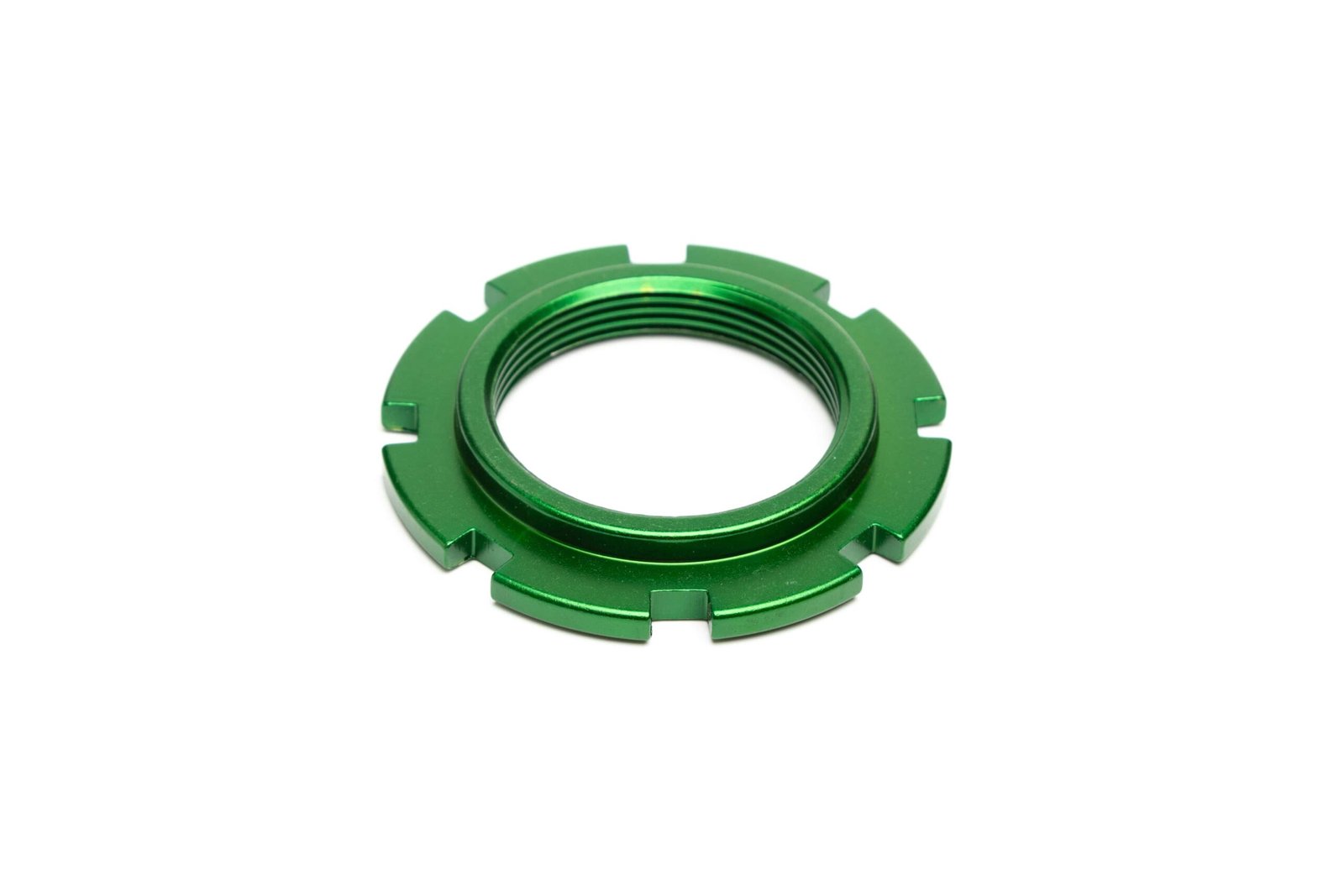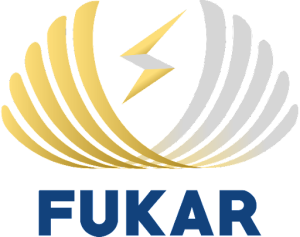
What is Anodising?
(MIL-A-8325F)
Anodising is an electrochemical process used to enhance the natural oxide layer on the surface of aluminum and its alloys. During the anodising process, aluminum is immersed in an electrolytic solution and subjected to an electric current, which causes the oxide layer to thicken and become more durable. This process improves the corrosion resistance, wear resistance, and surface hardness of aluminum. Additionally, anodising allows for dyeing the surface, giving it a variety of colors while maintaining a durable, matte finish. Anodising is ideal for applications in industries such as aerospace, automotive, electronics, and architecture, where aluminum components require added durability, aesthetic appeal, and long-lasting protection.
How the Anodising Process Works
Anodising involves immersing aluminum in an electrolytic bath (usually sulfuric acid) and passing an electric current through it. The aluminum acts as the anode, forming a controlled, thicker oxide layer on its surface. This layer is highly durable, non-conductive, and can be dyed in various colors before being sealed for enhanced protection
FAQs
Anodising offers better color stability, higher hardness, and is integrated with the aluminum surface, while powder coating is a separate layer that can chip or peel
Yes, anodising produces no VOCs, the process is recyclable, and the finished product is non-toxic
Standard anodising (Type II) produces coatings of 5–25 microns, while hard anodising (Type III) can reach up to 100 microns
Yes, anodised aluminum can be dyed in a wide range of colors before sealing, offering both decorative and functional benefits
The main types are Type I (chromic acid), Type II (sulfuric acid, standard and colored), and Type III (hard anodising for maximum wear resistance)
Applications of Anodising
It is used to increase the lifespan and durability of aluminum components while providing a decorative, matte finish.
Enquire about our services
